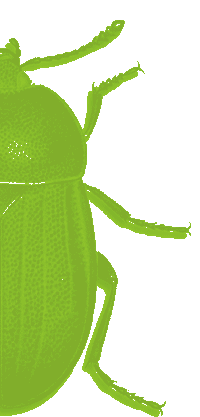18 sites covering grassland, forest, savanna and aquatic systems were surveyed by 282 participants form all walks of life with each team led by specialist teams. The K2C Biosphere Region and Bushveld Connections in cooperation with Mpumalanga Rural Development Programme (MRDP) and supported by GTZ and DED and the GTZ-BIODIV programme assisted with the organisation of the event.
A large scale collation of data collected on IBD 2008 is currently underway. Some results included:
- In the Grassland Biome: recording of the endemic Protea parvula
at Watervalslpruit in the Graskop area. The comment was that 2 weeks
were required to adequately record the species present in these
grasslands. On a negative note 11 species of invasive plants were also
recorded on the transformed Matabidi Grassland site but over 60 taxa
were recorded;
- Over 100 plant species were recorded in the
untransformed Forest Biome including 6 endemic and 8 species of muti
plants. 35 bird species were identified despite a fairly strong wind;
- A
night drive was done on three of the Savanna sites and yielded a mean
of 9 mammal species (ra. 5 - 11) including the critically endangered
African or Cape Hunting Dog (Lycaon pictus) and the nocturnal Civet
(Civettictis civetta). The mean time of the drives was 2.5h (ra. 1 -
4). Of interest was the sighting of another critically endangered
species the Southern Ground Hornbill (Bucorvus leadbetteri);
- The
Savanna survey yielded many interesting observations including a
maximum on various sites of 16 mammal species (including sign), 41 bird
species, 93 tree species, 28 grass species and 35 invertebrate species.
Highlights included Aardvark (Orycteropus afer) spoor, Le Vaillant's
Cuckoo (Clamator levaillantii), the rare three striped pale blue chin
lizard (Platysaurus orientalis), black mamba (Dendroaspis polylepis)
and snouted cobra (Naja annulifera annulifera) as well as at least 10
insect species on a single Euphorbia ingens tree. Of concern in this
biome was the cutting of live trees in one area and the presence of
Prickly Pear (Opuntia spp.) in another;
- In a household
interview within the Welverdiend community it was found that 100% of
household's used firewood on a weekly basis at least. This was because
many of these people cannot afford electricity (? 88%) while 4% did not
have electricity. Results such as these highlight the need for
community involvement in the K2C if biodiversity is to be preserved;
- Results
from the aquatic surveys indicated that the water quality was good
(high SASS scores) in the Vaalhoek area (Blyde River on the
escarpment), Otter's Den (Blyde River) and Kruger Park sites with a
moderate to low score obtained at the Oaks Bridge (Olifants River)
site. Highlights here was the recording of the endemic Minnow Barbus
argenteus at Vaalhoek, Barbus brevipinnis a new record for Otter's Den
and 61 bird species at the Kruger Park aquatic site. Of concern was the
presence of 6 alien species on the Kruger site.

